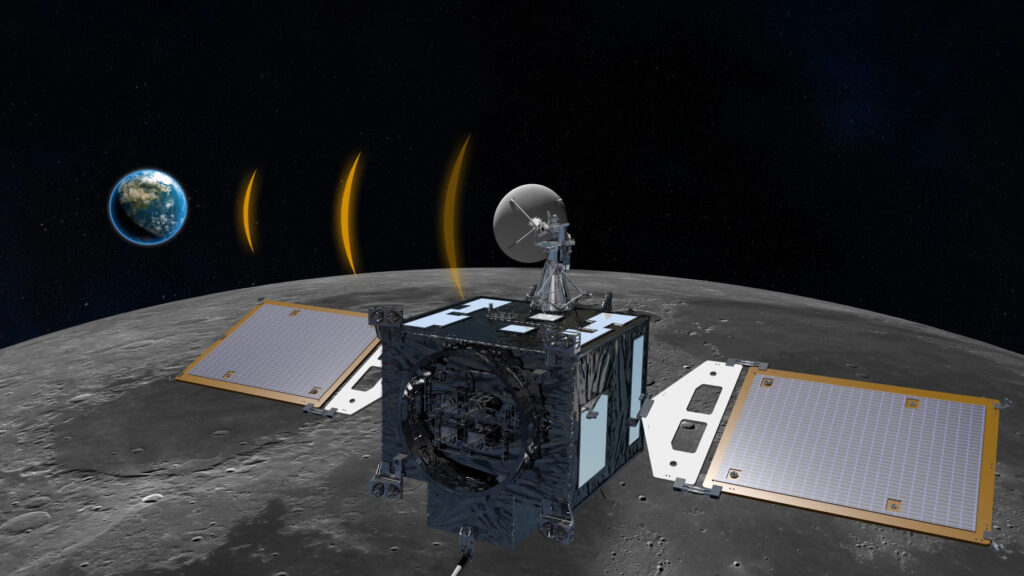The Danuri probe, launched by South Korea four months ago, has finally reached the Moon. It will soon begin its mission in orbit around our natural satellite. Meanwhile the country is planning to implement even more ambitious plans.

Danuri reached the Moon
South Korea’s Danuri probe, also known as the Korea Pathfinder Lunar Orbiter (KPLO), has finally reached its destination. It launched from Earth back on August 4 by of SpaceX’s Falcon 9 rocket and since then has been traveling through space on the most economic trajectory that could take it to the Moon.
The flight of Danuri lasted 134 days. During this time, it covered 5.4 million km, approaching the Moon in a spiral. On the way, it took several pictures of the Earth. On December 17, at 21:45 Kyiv time, it performed the last maneuver and ended up in the lunar orbit.
However, before starting its scientific program, Danura will have to change its trajectory five more times. It has to complete these preparations and get into the target orbit of 100 km before December 28.
Moon ambitions of South Korea
The Danuri device weighs 678 kg. Its development cost South Korea 180 million dollars. This is the country’s first scientific mission that went beyond low Earth orbits. In total, it carries six instruments for the study of the Moon.
Five of them are developed by Korea itself. It is a terrain scanner, a wide-angle polarimetric camera, a magnetometer, a gamma spectrograph and a device for testing new network technology. The sixth was the ShadowCam camera developed by NASA, designed to observe permanently shadowed craters on the surface of the Moon and search for traces of water there.
South Korea, like the rest of the countries, shows considerable interest in the study and development of the Moon. And “Danuri” should become only one of the steps to the landing of a robotic probe on its surface, which should take place in 2032. And as soon as 2045, the country plans to land an automatic device on Mars.
According to the materials of www.space.com

